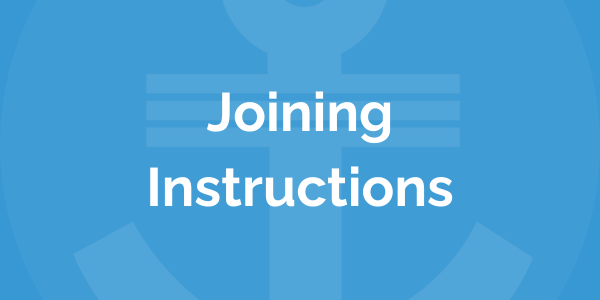5 Tips to boost your In-House Training
 Karen MacKenzie
·
3 minute read
Karen MacKenzie
·
3 minute read
Internal staff training is not for everyone, because to do it efficiently and effectively takes skill, hard work, inspiration and wisdom... but it's also not a black art! SQMC Training Designer and Facilitator, Karen MacKenzie, has won awards in this area, and today she shares some of her 'secret formula' for success, in 5 bite-size chunks:
1. Preparation
When developing your course, clearly specify what you have to cover. To some, it may seem counter-intuitive, but I recommend that you begin at the end: what outcome are you looking for? What do you expect your trainees to know, understand and be able to do at the end of your training intervention? Write this down.
Next, break down your outcomes: what are they? Do they involve cognitive processes? Before we go any further, let's define these two key words: cognition and learning.
cognition
the process of acquiring and understanding knowledge through our thoughts, experiences, and senses.
learning
(involves) acquiring knowledge through experience, study, or being taught.
These two concepts are similar, and both are inexorably linked. Learning requires cognition while cognition involves learning. Whenever you see or hear something new, you go through a series of cognitive processes, which are the processes that result in learning.
2. Design
So what is the best way in which to train people in new knowledge and skills? Well, here 3 questions you must consider immediately:
- Who is the audience and what do they know already?
- How do they like to learn?
- What methods lend themselves to the knowledge, understanding and skills I need to impart?
Create the best mix of these, balanced with available resources, to achieve the desired outcome. This may seem a small statement but it involves a lot of work. Consider how you will find out about the participants for the training event? What if they are all have different levels of experience – how can you reconcile this? Start with commonalities – they all have in common that they need to learn what is in your training event. How can you use the more knowledgeable members to bring on the less knowledgeable ones? How can you show that you value the learning some already have? How can you find out how they like to learn? Well, simply asking them outright is usually a good start. Then there are all the learning styles questionnaires that are out there (do a quick 'Bing' search).
Example
Let's say you need to train staff how to put out a fire. You'd could reserve a fire fighting training rig in a designated area, and book competent fire fighters to be there. Or you can simulate certain parts of the training inside the classroom environment, such as how to hold a fire extinguisher; awareness of important information, etc.
For information people need to know and fix in their heads then facilitation (taking them to that point by letting them discover through scenarios, case studies, discussions, etc.) works well.
3. Develop the ongoing assessment, validation and evaluation strategy
Once you know what the desired outcome is you can plan ways to know if you are achieving it on an ongoing basis, and how you will know you have achieved it at the end of the training.
Let’s define our next two keywords: validation and evaluation.
validation
the analysis of data gathered throughout the design and manufacturing of a product or service in order to confirm that the process can reliably output products or services of a determined standard. (In the case of training we mean design and delivery – so ongoing all the way through installing and reading the checks and balances to determine if it’s on track.)
evaluation
(literally means) to measure the worth of something. (For training, it’s that end measurement: did the training deliver the originally identified requirement?)
This brings us back to the need to properly identify the requirement, and to ensure that the learning has been transferred to the workplace and job role as expected. The collection of this data and observations throughout the audit, allow the recalibration and readjustment of the training programme meaning it’s dynamic and tailored and always being deployed to add value.
4. Delivery
- Always be welcoming and cover the important induction points to make your participants feel safe and comfortable.
- Establish this very important rule: no mobiles till break times.
- Go over the aims and objectives of the course.
- Identify any special needs of any kind that you may not be aware of. (e.g. someone may be diabetic, or if someone needs to keep their phone on silent but beside them as they have a seriously ill parent, etc.) Be considerate.
- Use a training session plan. It'll help you to keep to time and cover the requirements, whilst allowing for questions and discussions (these should be programmed in).
- Remember to keep assessing how it’s going, what’s working and what’s not, what may need to be changed, where you need to recalibrate and add more information (or lose some information). Keep the delivery dynamic to match the participants’ needs.
- Manage the group dynamics to make the delivery work to the best advantage of all. Keep notes for improving the training.
5. Re-plan
Collect, collate and analyse all the data about the training, and make it better next time!
If you require in-house training on the subjects of ISO 9001 Quality Management Systems, or related disciplines of Environmental (ISO 14001) or Health and Safety (OHSAS 18001, ISO 45001), but would rather have an expert like Karen design/tailor and deliver it on your behalf, please complete our enquiry form, below. We here at the Scottish Quality Management Centre travel far and wide across Scotland, the UK and Europe, delivering dynamic, certified training courses for organisations just like yours.


